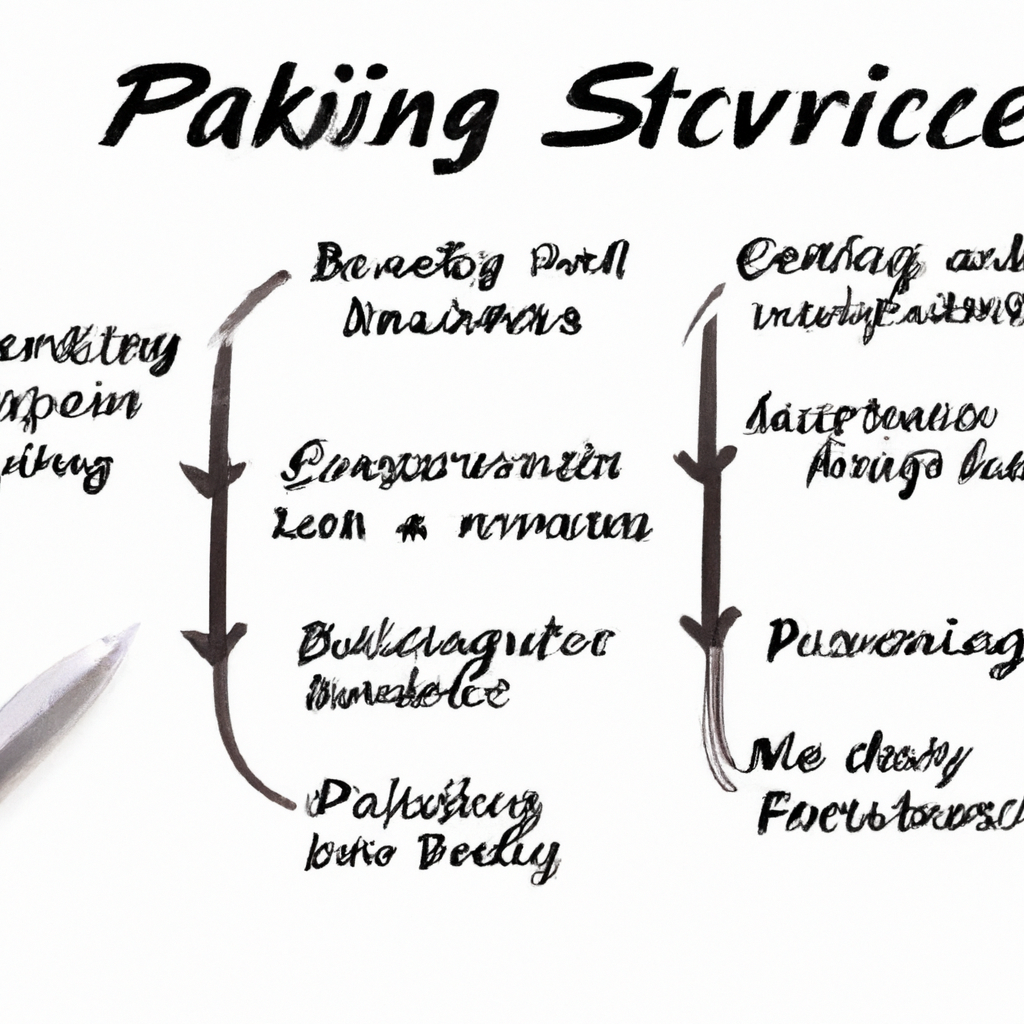The Changing Landscape of Private Banking
Introduction
Private banking has been evolving rapidly in recent years due to changing client needs, technological advancements, and regulatory changes. In this article, we will explore some of the key trends shaping the private banking industry today.
Increased Focus on Client Experience
Private banks are placing a greater emphasis on providing a personalized and seamless client experience. This includes offering tailored investment advice, access to exclusive investment opportunities, and 24/7 customer support. Banks are also investing in technology to enhance the digital experience for clients.
Key Takeaway:
- Personalized investment advice
- Access to exclusive opportunities
- 24/7 customer support
- Enhanced digital experience
Emphasis on ESG Investing
Environmental, Social, and Governance (ESG) investing has gained significant traction in the private banking sector. Clients are increasingly looking to align their investments with their values, leading to a rise in demand for ESG products and services. Private banks are incorporating ESG considerations into their investment strategies and offering sustainable investment options to clients.
Key Takeaway:
- Rise in demand for ESG products
- Incorporating ESG considerations into investment strategies
- Offering sustainable investment options
Focus on Cybersecurity
With the increasing digitization of financial services, cybersecurity has become a top priority for private banks. Banks are investing in advanced cybersecurity measures to protect client data and prevent cyber threats. This includes implementing encryption technologies, multi-factor authentication, and regular security audits.
Key Takeaway:
- Investing in advanced cybersecurity measures
- Protecting client data
- Preventing cyber threats
Shift towards Fee-Based Models
Private banks are moving away from commission-based models towards fee-based structures. This shift is driven by regulatory changes and a desire to align incentives with client interests. Fee-based models are seen as more transparent and are believed to reduce conflicts of interest between clients and advisors.
Key Takeaway:
- Moving away from commission-based models
- Adopting fee-based structures
- Aligning incentives with client interests
Conclusion
Private banking is undergoing significant changes to meet the evolving needs of clients and adapt to the digital age. By focusing on client experience, ESG investing, cybersecurity, and fee-based models, private banks are positioning themselves for success in the future.










